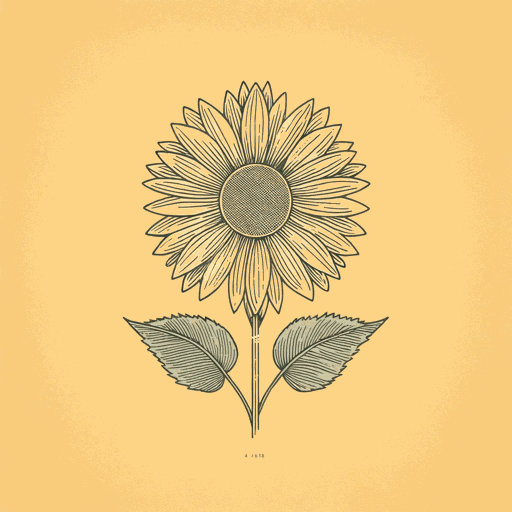56 pages • 1 hour read
Simon WiesenthalThe Sunflower
Nonfiction | Book | Adult | Published in 1969A modern alternative to SparkNotes and CliffsNotes, SuperSummary offers high-quality Study Guides with detailed chapter summaries and analysis of major themes, characters, and more.
Symbols & Motifs
Sunflower
Within the narrative portion of The Sunflower, Wiesenthal reveals that the sunflowers became a harbinger of hope and also a reminder of his own responsibility. At the point when he encounters the military grave, he believes that he is doomed to die at the hands of the Nazis alongside his fellow prisoners. However, the sight of the sunflowers, at the time, he says, “aroused new thoughts in me. I felt I would come across them again” (15). When, after the war, Simon comes across a bunch of sunflowers growing wild on a hillside, the sight prompts the memory of the soldiers’ cemetery and the afternoon he spent with the dying Nazi. The sight of these sunflowers prompts a sense of guilt, as he asks himself, “Had I anything to reproach myself for?” (84). This revived memory prompts him to go to Stuttgart to visit Karl’s mother some weeks later.
The sunflower on each grave is a symbol of remembrance for the person buried in that grave. The planting of the flower is an act of bearing witness to a single life. Wiesenthal’s book, The Sunflower, is also a gesture of bearing witness to the many lives who were taken unjustly and never sufficiently acknowledged or grieved.

